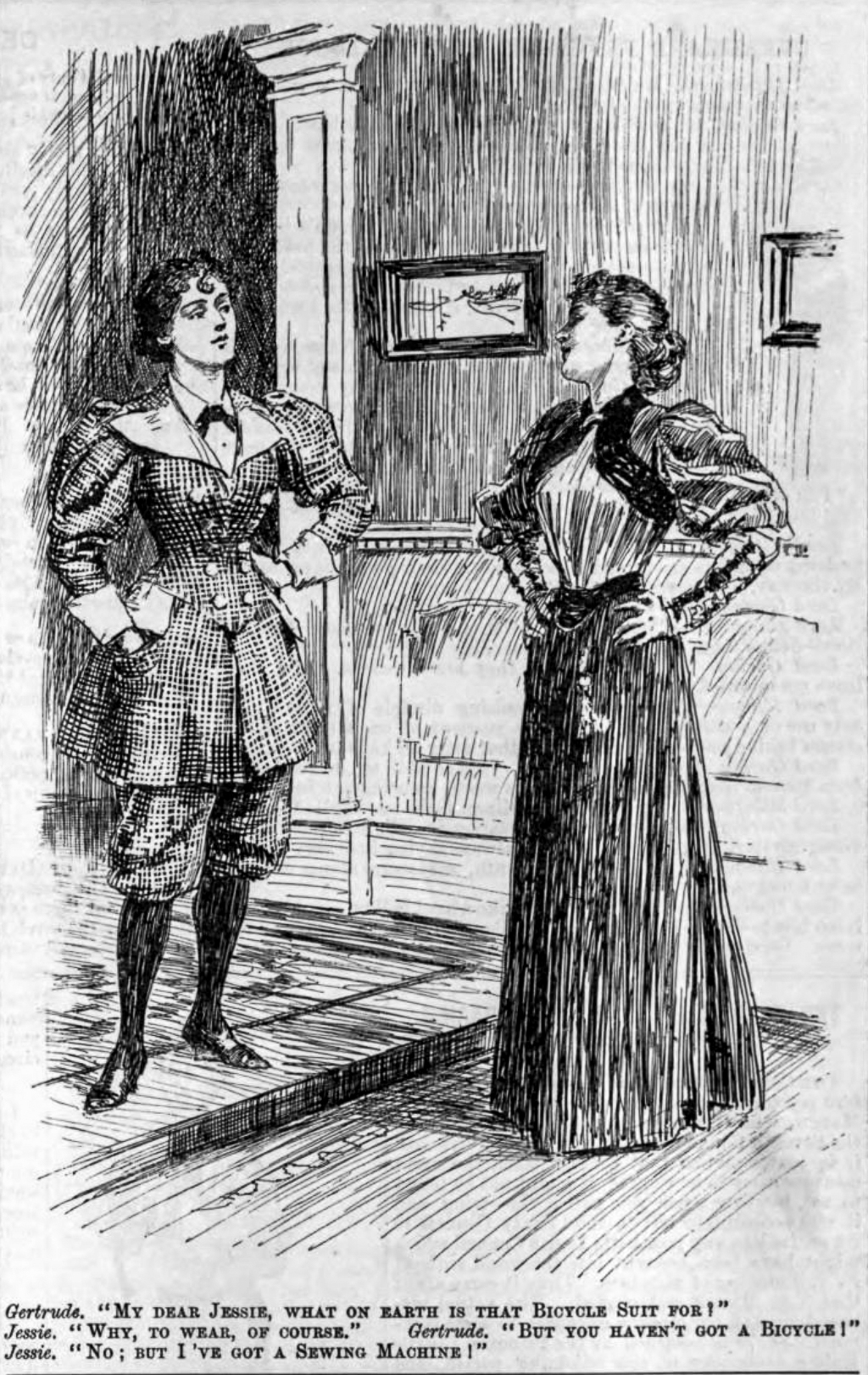|
The Philosophy Of Dress
''The Philosophy of Dress'' is an essay by Oscar Wilde Oscar Fingal O'Flahertie Wills Wilde (16 October 185430 November 1900) was an Irish poet and playwright. After writing in different forms throughout the 1880s, he became one of the most popular playwrights in London in the early 1890s. He is ... that appeared in '' The New-York Tribune'' in 1885. The essay remained unknown to scholarship until 2012 when it was rediscovered and published for the first time in book form by Wilde historian John Cooper i''Oscar Wilde On Dress''(CSM Press, 2013), making it the only previously unknown work that Wilde intended for publication to have been released since he died in 1900. The essay is Wilde's treatise on Victorian Dress Reform and its relationship to art in which he expands on his public lecture entitled ''Dress'', which was one of several lectures given in Great Britain and Ireland between 1883 and 1888. A significance of ''The Philosophy of Dress'' is that Wilde's only previou ... [...More Info...] [...Related Items...] OR: [Wikipedia] [Google] [Baidu] |
Oscar Wilde
Oscar Fingal O'Flahertie Wills Wilde (16 October 185430 November 1900) was an Irish poet and playwright. After writing in different forms throughout the 1880s, he became one of the most popular playwrights in London in the early 1890s. He is best remembered for his epigrams and plays, his novel ''The Picture of Dorian Gray'', and the circumstances of his criminal conviction for gross indecency for consensual homosexual acts in "one of the first celebrity trials", imprisonment, and early death from meningitis at age 46. Wilde's parents were Anglo-Irish intellectuals in Dublin. A young Wilde learned to speak fluent French and German. At university, Wilde read Literae Humaniores#Greats, Greats; he demonstrated himself to be an exceptional Classics, classicist, first at Trinity College Dublin, then at Magdalen College, Oxford, Oxford. He became associated with the emerging philosophy of aestheticism, led by two of his tutors, Walter Pater and John Ruskin. After university, Wilde m ... [...More Info...] [...Related Items...] OR: [Wikipedia] [Google] [Baidu] |
New-York Tribune
The ''New-York Tribune'' was an American newspaper founded in 1841 by editor Horace Greeley. It bore the moniker ''New-York Daily Tribune'' from 1842 to 1866 before returning to its original name. From the 1840s through the 1860s it was the dominant newspaper first of the American Whig Party, then of the Republican Party. The paper achieved a circulation of approximately 200,000 in the 1850s, making it the largest daily paper in New York City at the time. The ''Tribune''s editorials were widely read, shared, and copied in other city newspapers, helping to shape national opinion. It was one of the first papers in the north to send reporters, correspondents, and illustrators to cover the campaigns of the American Civil War. It continued as an independent daily newspaper until 1924, when it merged with the ''New York Herald''. The resulting ''New York Herald Tribune'' remained in publication until 1966. Among those who served on the paper's editorial board were Bayard Taylor, Geo ... [...More Info...] [...Related Items...] OR: [Wikipedia] [Google] [Baidu] |
Victorian Dress Reform
Victorian dress reform was an objective of the Victorian dress reform movement (also known as the rational dress movement) of the middle and late Victorian era, led by various reformers who proposed, designed, and wore clothing considered more practical and comfortable than the fashions of the time. Dress reformists were largely middle-class women involved in the first wave of feminism in the Western World, from the 1850s through the 1890s. The movement emerged in the Progressive Era along with calls for temperance, women's education, suffrage and moral purity. Dress reform called for emancipation from the "dictates of fashion", expressed a desire to "cover the limbs as well as the torso adequately," and promoted "rational dress". The movement had its greatest success in the reform of women's undergarments, which could be modified without exposing the wearer to social ridicule. Dress reformers were also influential in persuading women to adopt simplified garments for athletic ac ... [...More Info...] [...Related Items...] OR: [Wikipedia] [Google] [Baidu] |


